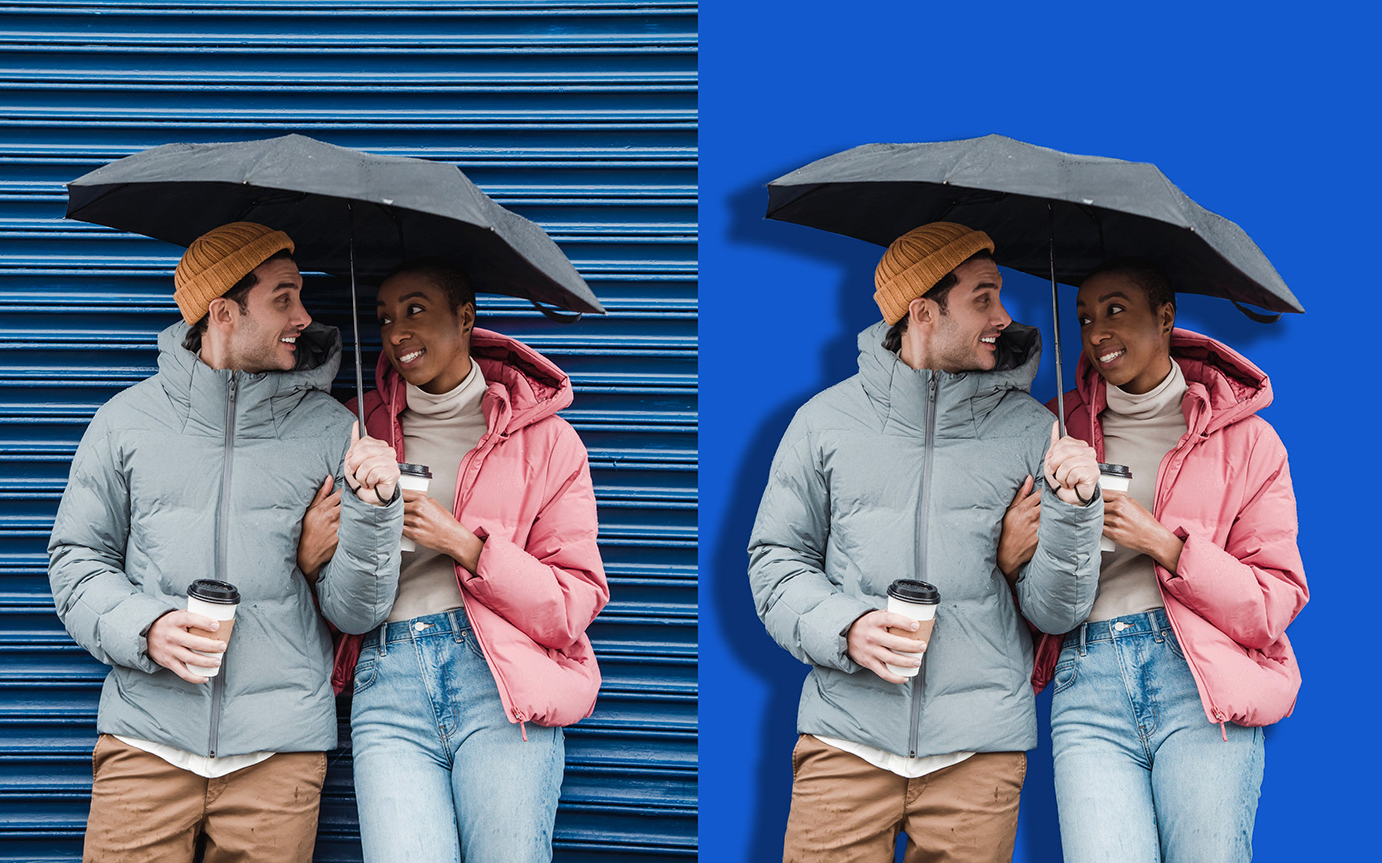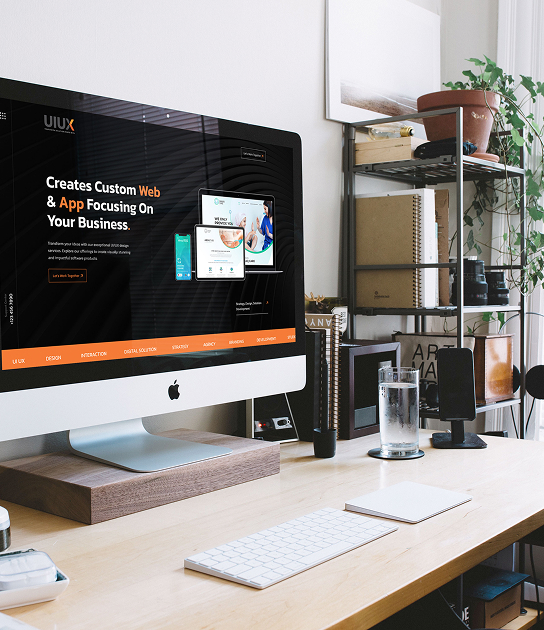
The digital landscape never stands still. What feels cutting-edge today can appear dated tomorrow. For businesses aiming to captivate and engage users, staying ahead of the curve is not optional. It is essential. The coming year promises a significant shift. Design is moving beyond mere aesthetics. It is focusing on deeper, more meaningful user connections. This blog explores the pivotal ui/ux design trends that will define modern websites in 2025. Understanding these movements is crucial for any brand looking to make a lasting impact online.
The Rise of Hyper-Personalized Experiences
Forget one-size-fits-all. The future is about unique journeys. Websites will increasingly leverage AI and machine learning. They will dynamically adapt to individual user behavior in real-time.
This goes beyond using a visitor’s first name. Imagine a site that reorganizes its navigation based on your past clicks. Or a hero section that highlights products you genuinely showed interest in. This level of customization requires deep insight into user psychology. It is a core component of advanced user experience design trends.
This trend makes users feel understood. It dramatically reduces bounce rates. It guides users to their goal with effortless precision. Personalization is the new standard for engagement.
Immersive 3D Elements and Micro-Interactions
Flat design is making room for depth. Three-dimensional elements are becoming more common. They are no longer reserved for high-end gaming websites. Advances in web technology make 3D more accessible.
These elements add a tangible, tactile quality to a page. A product can be rotated and examined from every angle. A background with subtle 3D layers creates a sense of space. This approach is a powerful ui design trends statement.
Paired with 3D are sophisticated micro-interactions. Every click, hover, and scroll provides a tiny moment of delight. A button might morph shape when clicked. A icon might play a mini animation on hover. These details might seem small. But they collectively create a memorable and fluid experience. They are a key signifier of quality in user interface design trends.
Voice-Activated User Interfaces (VUI)
Screen fatigue is real. Users are seeking more natural ways to interact with technology. Voice commands are at the forefront of this change. Integrating Voice User Interface (VUI) is a major ux trend for 2025.
Websites will begin incorporating voice search and navigation. Users can speak to find information or navigate menus. This is especially powerful for accessibility. It helps users with mobility or visual impairments.
Designing for VUI is different. It requires a focus on conversational flow and audio feedback. It challenges designers to think beyond the screen. This trend is about creating a seamless, multi-sensory experience.
Neo-Brutalism and Expressive Typography
In reaction to overly polished digital spaces, a bold trend is emerging. Neo-brutalism embraces raw, high-contrast, and intentionally imperfect design. It features stark color palettes, bold outlines, and asymmetric layouts.
This style is unapologetic and grabs attention. It stands out from the minimalist crowd. It conveys a sense of authenticity and boldness. For certain brands, this raw aesthetic is a powerful tool.
Alongside this, typography is taking center stage. Designers are using oversized, expressive fonts as the primary visual element. Words are not just read; they are felt. This treatment makes a strong emotional impact. It is a definitive aspect of modern ui trends.
AI-Powered and Predictive Design
Artificial Intelligence is transitioning from a backend tool to a design partner. AI can now analyze vast datasets of user behavior. It can predict what a user wants to see or do next.
Websites will feature AI-driven layouts that change based on predictive analytics. An e-commerce site might predict what you are looking for. It will surface those options immediately. This reduces friction and creates a magical feeling.
This trend is the engine behind true personalization. It represents the most advanced frontier of ux design trends 2025. It allows for interfaces that are not just reactive, but proactively helpful.
Advanced Scrolling and Narrative Storytelling
The simple scroll is being transformed. Websites are using scroll-driven animations to tell a story. As a user moves down the page, elements fade, slide, and transform. This turns a static page into a dynamic journey.
This technique is perfect for explaining complex services or products. It guides the user through a narrative. It makes information consumption engaging and interactive. This method is a cornerstone of current ux/ui trends.
It keeps users on the page longer. It increases comprehension and emotional connection. A well-designed scrolling narrative is unforgettable. It turns passive browsing into an active experience.
Sustainable and Ethical Design
Users are more conscious than ever. They support brands that align with their values. This has given rise to sustainable web design. This ui design trends 2025 movement focuses on reducing the digital carbon footprint.
Designers are optimizing websites to be lighter and faster. They are using efficient code, compressed images, and sustainable hosting. A faster site is not just good for SEO. It is good for the planet.
Ethical design also means prioritizing user privacy and well-being. It involves transparent data usage policies. It means designing interfaces that are inclusive and accessible to everyone. This trend is about responsibility. It builds deep trust with your audience.
Seamless Cross-Platform Continuity
The line between devices is blurring. A user might start a task on their phone and finish it on their laptop. The ui/ux design trends for 2025 demand a flawless transition between these touchpoints.
Design systems must ensure consistency across all screen sizes. But it is more than just consistency. It is about continuity. The experience must feel connected and uninterrupted. This requires meticulous planning and a unified design language.
This trend acknowledges that a user’s journey is not confined to a single device. It is a fluid path across the digital ecosystem. A top-tier digital marketing agency understands this. They craft strategies that leverage this seamless cross-device experience to nurture leads effectively.
Conclusion
The future of web design is vibrant and user-centric. The key ui/ux design trends for 2025 are clear. Hyper-personalization, immersive 3D, voice interfaces, and bold aesthetics are leading the way. AI-powered predictive design and narrative scrolling are creating deeper engagement. Underpinning it all is a growing commitment to sustainable and ethical practices.
Adopting these trends is not about chasing every novelty. It is about understanding the underlying shift. Design is becoming more intelligent, immersive, and intensely human. For a business, this is an opportunity. It is a chance to create a digital presence that is not only visually stunning but also profoundly resonant. Investing in these areas, including foundational elements like branding and stationery design, ensures a cohesive and powerful brand identity at every touchpoint. The goal remains constant: to create meaningful and effortless experiences that users love.



